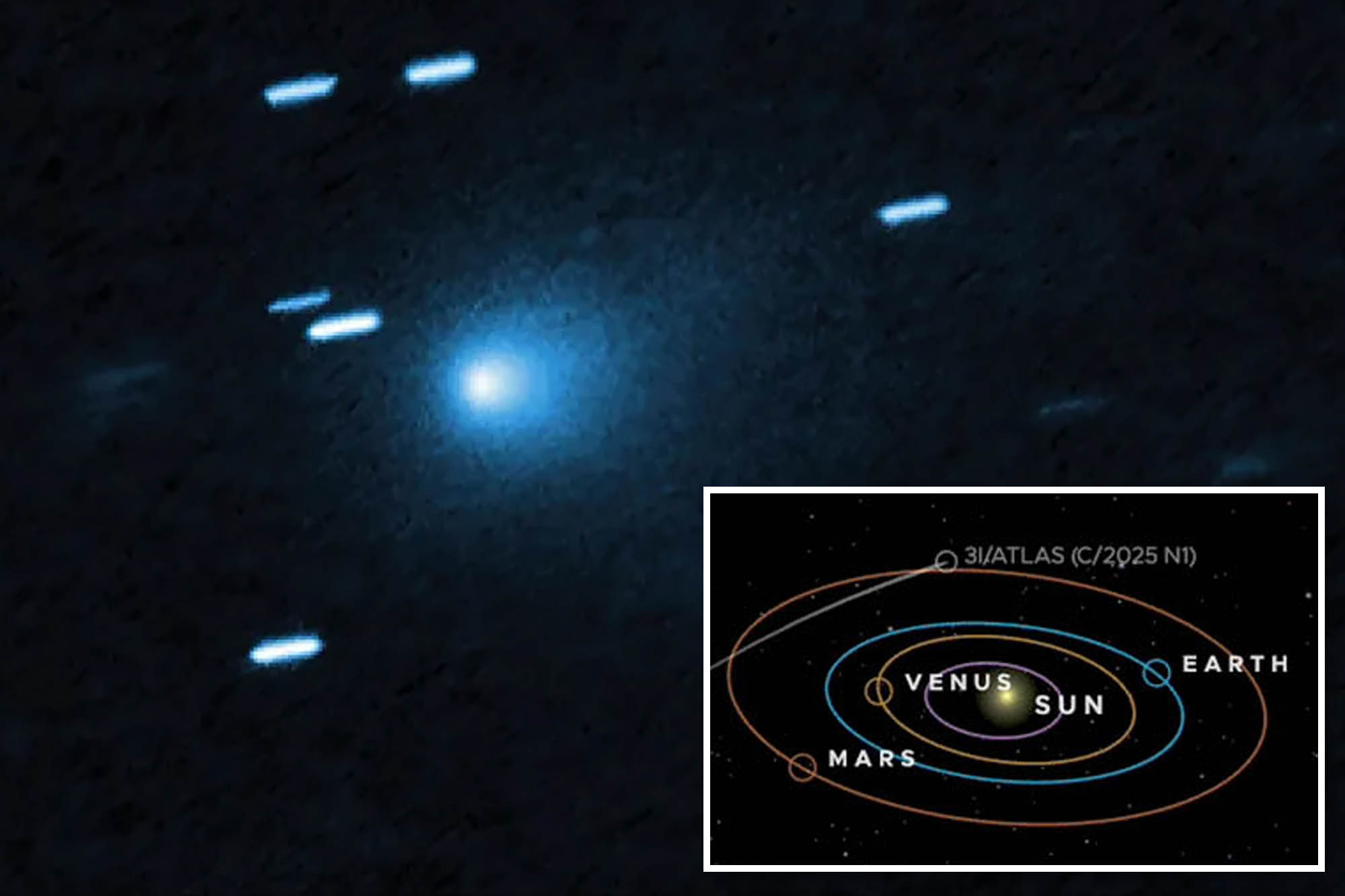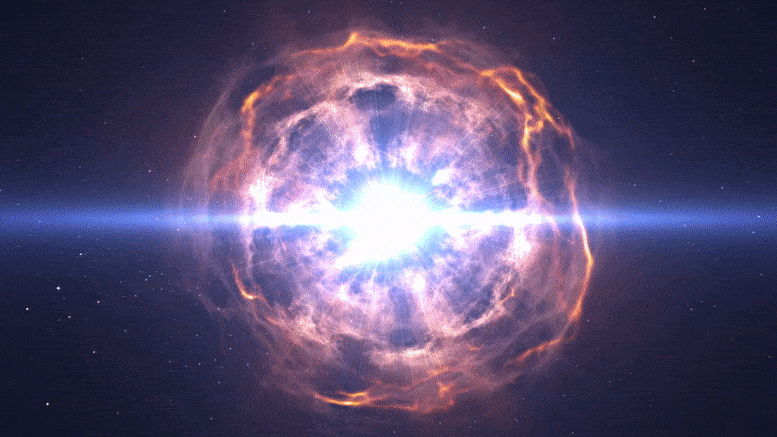The interstellar object known as 3I/ATLAS has demonstrated unusual behavior as it passes through our solar system. This Manhattan-sized object exhibited non-gravitational acceleration while appearing “bluer than the Sun,” raising questions about its nature and origin. Avi Loeb, an astrophysicist at Harvard University, has suggested that these characteristics might indicate the presence of an alien craft or a technologically advanced propulsion system.
Unusual Observations Raise Questions
This week, NASA reported the non-gravitational acceleration of 3I/ATLAS, a phenomenon typically associated with comets. This acceleration suggests a significant outgassing event, which could lead to the object losing nearly half its mass and generating a sizable plume of debris in the coming months. In a recent paper, Loeb posited that the object’s blue appearance and acceleration could signify an artificially constructed spacecraft. He noted, “This might also explain the report on 3I/ATLAS getting ‘bluer than the Sun.’”
Loeb further speculated that the blue hue could be attributed to a hot engine or an artificial light source, although he acknowledged that a natural explanation, such as a comet’s behavior, remains possible. Observations made by several spacecraft orbiting the Sun provided insights into the object’s rapid brightening and distinct color change. According to a study from the US Naval Research Lab, the object appeared “distinctly bluer than the Sun,” which contrasts sharply with earlier observations where it was noted to be red before shifting to green.
Upcoming Closest Approach and Implications
3I/ATLAS is expected to make its closest approach to Earth on December 19, 2023, passing by at approximately 167 million miles. This event presents researchers with an important opportunity to gather more data and potentially determine whether 3I/ATLAS is indeed a comet or an artificial craft. Loeb emphasized that if no massive cloud of gas is observed around 3I/ATLAS during this close pass, it could indicate the presence of a propulsion system.
Loeb expressed frustration with NASA for not releasing images from the Mars Reconnaissance Orbiter’s HiRISE camera, which had a close encounter with the object in early October. Reports indicate that these anticipated images will not be made available until the government reopens.
In response to growing public curiosity and speculation, NASA’s Acting Administrator Sean Duffy attempted to quell fears regarding 3I/ATLAS, affirming that it is the third interstellar comet to traverse our solar system. He reassured the public through a post on X, stating, “No aliens. No threat to life here on Earth.”
As scientists continue to monitor 3I/ATLAS, its unique characteristics and upcoming approach will likely keep the scientific community engaged in discussions about the possibilities of interstellar objects and their implications for our understanding of the universe.







